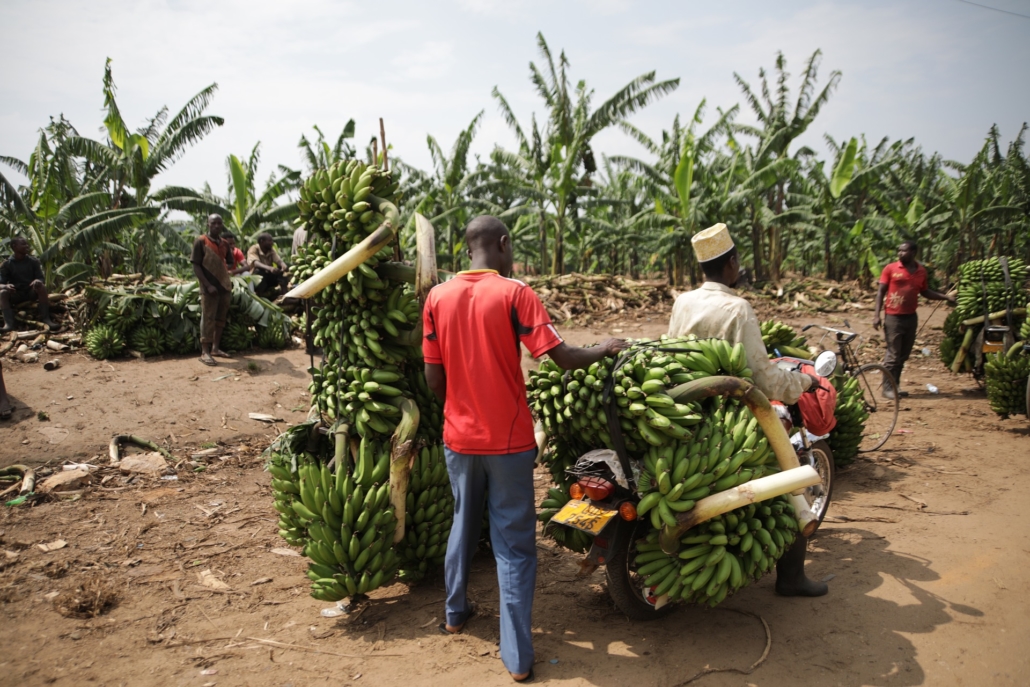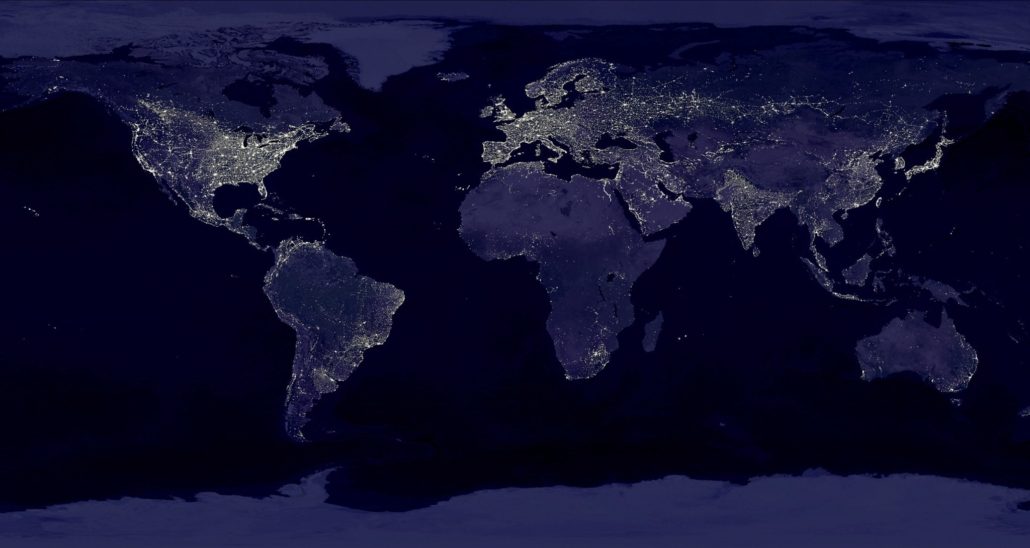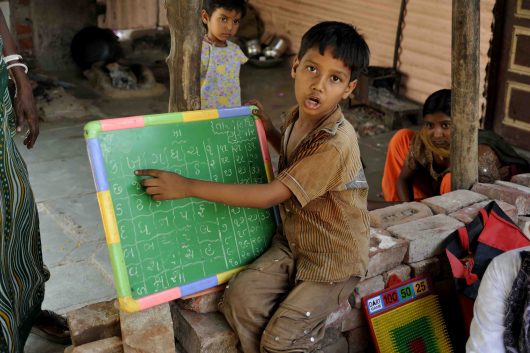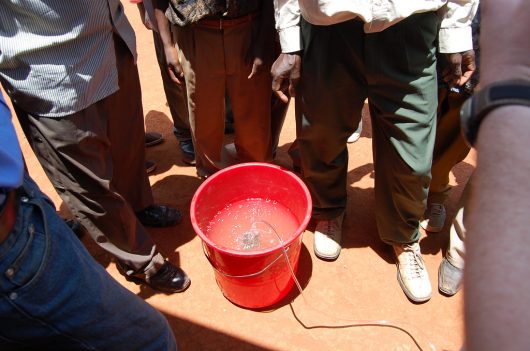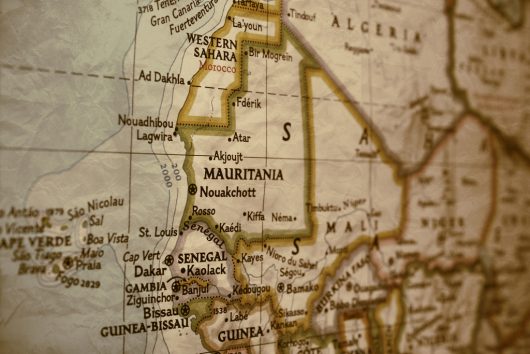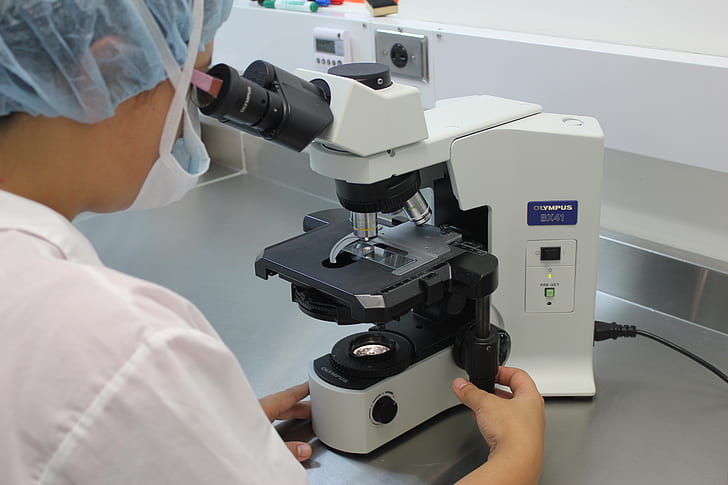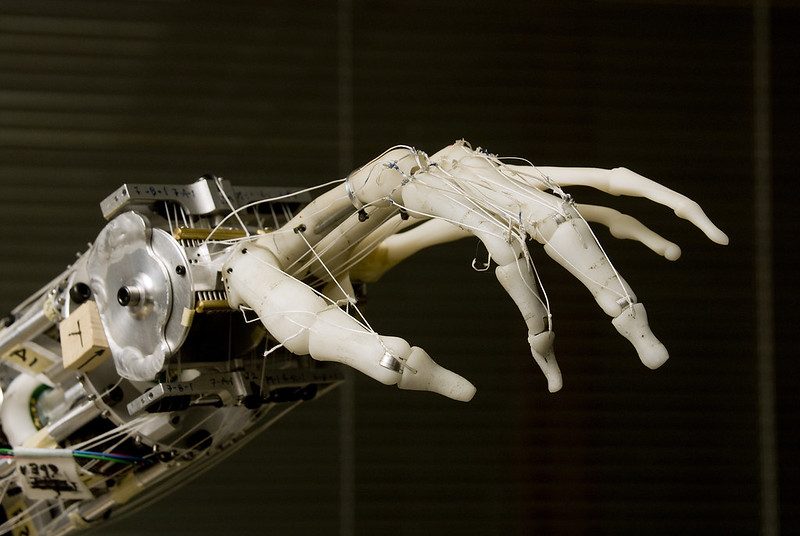 From identifying the best ways to improve agriculture, finance and education in impoverished areas, to finding those who need help the most through satellite images, fighting poverty with AI is becoming a common practice. Although the idea of using artificial intelligence to address such sensitive issues can be unsettling for some, the technology has delivered some remarkable benefits.
From identifying the best ways to improve agriculture, finance and education in impoverished areas, to finding those who need help the most through satellite images, fighting poverty with AI is becoming a common practice. Although the idea of using artificial intelligence to address such sensitive issues can be unsettling for some, the technology has delivered some remarkable benefits.
Identifying Poverty
According to a Big Cloud article, identifying poverty is an important first step in addressing it. AI technology can identify the direst of situations, thereby enabling poverty-relief programs to provide aid swiftly, efficiently and effectively. The technology also helps identify the primary causes of poverty in different regions. Factors such as war, a lack of resources and political instability all represent some of the causes of poverty. Each of these situations has different solutions. This means that war-induced poverty should have a different solution from poverty that’s a result of a lack of resources. And AI can facilitate the identification of root causes and appropriate alleviatory measures.
Agriculture
Numerous challenges hinder agricultural work, posing obstacles for farmers worldwide, especially those relying on their yields for sustenance and livelihood. Beyond mere survival, food plays a vital role in employment and personal advancement. The advent of AI not only enhances agricultural practices but also contributes to the fight against poverty.
While farmers in developed nations have access to information on innovative farming techniques and impending natural disasters, their counterparts in developing countries struggle to obtain such resources. Here, AI can offer valuable assistance. One of its key contributions is providing farmers with crucial insights on optimal fertilizers and crops tailored to their specific regions. Additionally, AI enables swift detection of contamination and crop diseases, surpassing the capabilities of traditional farming methods. Consequently, farmers can salvage a greater portion of their yields.
Finance and Education
Employment and education equality are crucial factors that directly impact individuals’ vulnerability to extreme poverty. The use of AI to address these issues holds the potential to aid organizations and governments in the fight against poverty. With the increasing reliance on the internet and AI in finance and education, leveraging these tools becomes more feasible to eliminate inequalities in these domains, as highlighted by Big Cloud. While the idea of AI teachers may evoke apprehension, it also presents exciting possibilities. An AI teacher or a teacher assisted by AI can personalize education based on a student’s needs and abilities.
AI can also create new financial opportunities for impoverished communities worldwide. In developed nations, both employers and job seekers already utilize AI algorithms, and these technologies can effectively strengthen job markets. Additionally, AI has the potential to assist impoverished families in establishing robust credit scores. By prioritizing essential data for families and lenders, AI can facilitate the identification of loans that best suit individuals’ needs, enabling those in dire need to improve their quality of life.
Satellites and AI
AI also works in tandem with other technological solutions to fight poverty. For example, Stanford University scholars used satellite images from throughout sub-Saharan Africa to predict poverty in various regions. Nighttime images of electric lights and daytime images of infrastructure like roads and agriculture were used as indicators of a region’s wealth.
When an algorithm used these images to make these poverty predictions, the level of accuracy was between 81% and 99%, as reported by Big Cloud. Burke and his team suggest that anti-poverty programs and NGOs could use this technology to better understand the most effective ways to fight poverty.
Looking Ahead
AI is proving to be a powerful tool, enabling swift identification of those in need and the root causes of poverty. The technology holds the potential to promote employment and education equality, creating new financial opportunities and personalized learning experiences. Its various applications and capabilities in fighting poverty suggest that it can be a vital tool in the exploration and implementation of initiatives that can improve living conditions for all.
– Christina Albrecht
Photo: Flickr
